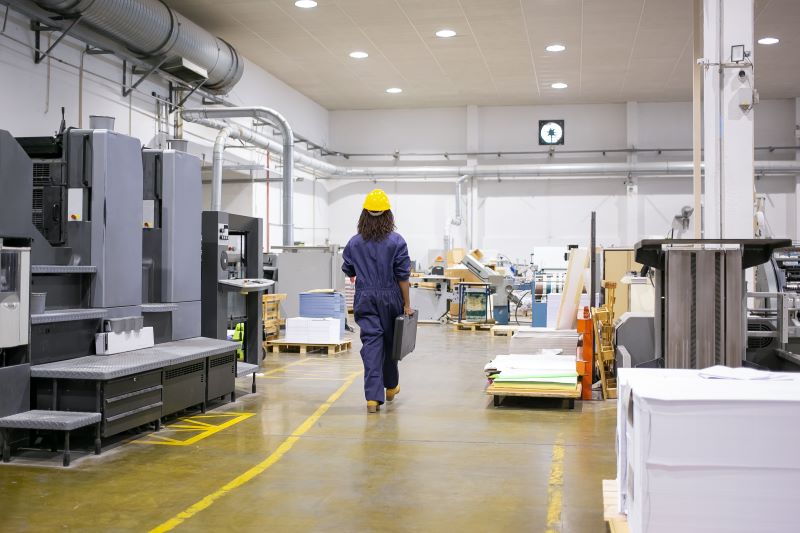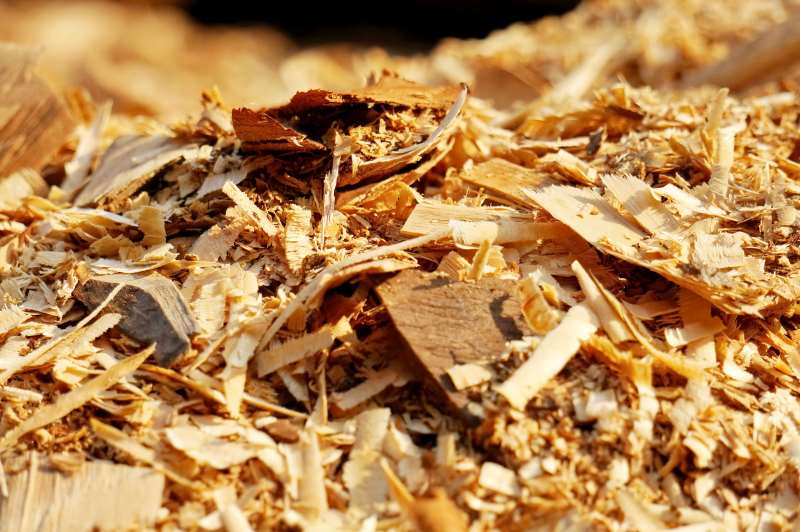For almost as long as trees have been creating wood, various wood shredders have been processing it into valuable products. While a lot of tree mulching has been done in harmful deforestation projects, not all wood shredding is detrimental to the environment. For example, beavers create freshwater pools where fish and other wildlife thrive.
Modern wood shredding businesses recycle scrap wood from construction projects to reduce strain on landfills. The evolutionary trajectory from beavers to the mighty wood shredder of today is fascinating.
Level 1: Teeth
Beavers are the original wood shredder machines. These industrious mammals have been shredding wood for millennia, long before humans even had the concept of machinery. With their strong teeth, beavers can take down more than ten trees in a day. Their teeth have evolved to never stop growing, just like our fingernails, so they remain sharp and healthy.
Beavers use felled trees as building materials for their homes. While beavers are still doing their thing today, our own version of wood-shredding machines has evolved to be faster, stronger, and more built for business than beavers’ impressive teeth.
Level 2: Ax and Saw
Perhaps the next iteration of wood shredding was a homesteader with an ax and saw. As you might imagine, and some may know from experience, using an ax to process wood is intensely laborious.
A further limitation at this level was that making kindling or wood chips took either immense skill or only came as a byproduct of other chopping. Making tons of mulch was nearly impossible. Considering how much effort was required to process wood with these basic tools makes industrial wood shredders seem too good to be true.
Level 3: Steam
The need for wood shredding scaled up significantly during the Industrial Revolution. With steam engines, engineers found ways to process wood to fuel the fires needed to keep industrial demand moving.
Most steam-powered wood shredders were crude. Without the molds and assembly line processes that came in the 20th century, many would break or lack key safety features. Still, they represented a significant step forward in efficiency compared to manual labor.
Level 4: Fuel
Our use of wood and types of fuel have changed since the 1800s. We started using gas, oil, and other fossil fuels, allowing for impressive power and speed. Fortunately, most wood stopped coming from virgin old-growth forests and started coming from pine plantations. Alongside the creation of products, there was also a growing realization that wood waste needed to be managed. Finally, wood shredders were coming into their own.
Post-WWII, urban growth led to vast amounts of scrap wood from construction, logging, and packaging. The solution? Recycle it.
Instead of letting that wood waste go to landfills, shredders became the machines that could chew up all sorts of wooden materials, from pallets and crates to branches and offcuts. All of these could be converted into valuable byproducts like mulch, biomass fuel, or particleboard. The shift in fuel efficiency, as well as the shift in purpose from simply cutting wood to recycling, has made wood shredders key machinery in industrial processes worldwide.
Level 5: Smart Technology and the Future
Today’s wood shredders are phenomenally powerful. Just like today’s iPhones are more powerful than yesteryear’s warehouse computers, even small wood shredders today do as much work as 100 or more men with axes. High-capacity shredders can handle up to 150 tons of wood per hour.
These machines are equipped with high-tech sensors, smart blades, and hydraulic systems to maximize output while minimizing wear and tear. Wood grinding manufacturing companies, like ECO Green, are constantly innovating, creating machines that need minimal maintenance, increasing their profitability.
Some ways businesses profit from wood shredders today include:
- Landscaping and Mulch Production: Landscaping companies often use shredders to create mulch. While it might seem basic, mulch is actually a highly profitable product that’s in constant demand for gardening and landscaping projects.
- Bioenergy: Businesses in the renewable energy sector are increasingly using wood shredders to produce biomass fuel.
- Construction and Demolition: After a building is demolished, wood shredders are used to process wooden debris for recycling or disposal. In this way, construction companies can save on landfill costs and make money by selling recycled wood products, like particle board or composting mulch.
A Bright Future
What started as nature’s own engineering marvel has evolved into a multi-billion-dollar industry powered by advanced wood shredding machinery. Wood shredders today not only help businesses reduce scrap wood piles but also contribute to sustainability by reducing waste and recycling valuable resources.
While wood is a wonderful fuel to burn, innovators are finding new ways to recycle it, decreasing carbon in the atmosphere. What will the future hold? It’s hard to imagine anything better than shredders handling tons of wood every hour making profitable products from scraps. However, we expect wood recycling technology to continue to grow and evolve to meet demand.




